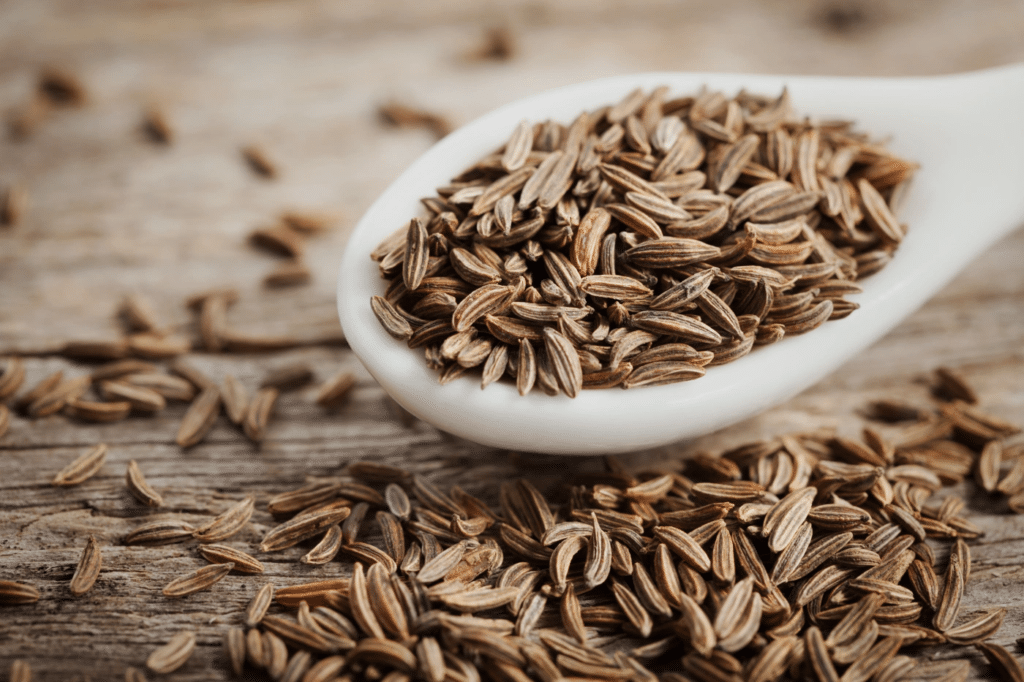Cumin seeds have been used for decades for both culinary and medicinal purposes. A wide variety of South Asian, African, Latin American, and Middle Eastern dishes used it because of Its nutty peppery taste.
Many of the common health benefits of cumin, such as improving digestion and blood sugar level, regulating cholesterol and weight have been verified by modern research.

1. Cumin’s Nutritional Profile
Cumin Seed’s amazing nutritional profile makes it beneficial for health. Cumin seeds are a good source of iron, manganese, magnesium, calcium, and phosphorus. Other vitamins present in it include thiamine, riboflavin, niacin, vitamin A, C, E, K, and vitamin B6. According to the USDA, it contains minerals such as copper, zinc, and potassium. Additionally, it is very low in saturated fats, sodium, and cholesterol.
2. Cumin supports digestive health
Although cumin brings flavor to a number of dishes and meals, it also has the potential to improve your body’s digestive abilities and overall digestion process.
Cumin seeds contain several active chemicals, including thymol, which has been shown to activate salivary glands, enzymes, and bile, all of which are involved in food digestion. It’s also a carminative, which means it’ll help you get rid of gas troubles.
3. Cumin fights Iron deficiency
Iron deficiency is one of the most common nutritional deficiencies, affecting up to 20 percent of the world’s population. In particular, children and young people.
Cumin is one of the few naturally iron-dense foods that can boost the iron content of your diet. One teaspoon of ground cumin comprises approximately 20% of your daily iron requirement. As a result, cumin, even though used in small quantities as a seasoning, is an excellent source of iron.
4. Cumin manages blood cholesterol
High blood cholesterol is a significant risk factor for heart disease and even heart attack.
Patients who consumed cumin extract with their normal diet for nearly two months saw their bad cholesterol levels drop by 10%, according to a study published in the International Journal of Health Sciences.